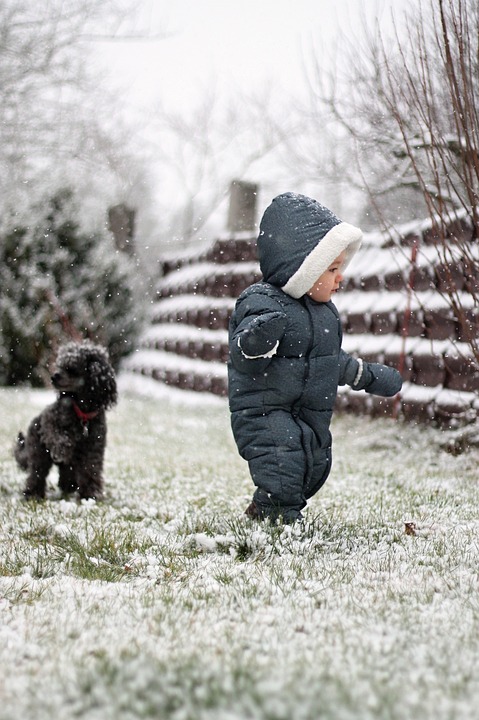Separation anxiety in dogs can be a challenging issue for both the dog and their owners. It can lead to destructive behavior, excessive barking, and even physical health problems for the dog. However, with the right understanding and techniques, separation anxiety can be addressed and managed effectively.
In this comprehensive guide, we will explore the signs of separation anxiety, its causes and triggers, and how to create a safe and calming environment for your dog. We will also discuss effective techniques for alleviating separation anxiety and answer some frequently asked questions about this common issue.
Recognizing the Signs of Separation Anxiety
There are several signs that your dog may be experiencing separation anxiety. These include vocalization and excessive barking, destructive behavior, pacing and restlessness, inappropriate elimination, escaping or attempted escape, and excessive salivation and panting. It’s important to recognize these signs early on to address the issue promptly.
Causes and Triggers of Separation Anxiety
Separation anxiety can have various causes and triggers. Early life experiences, sudden changes in routine or environment, lack of proper socialization, traumatic events or loss, and genetic predisposition can all contribute to separation anxiety in dogs. Understanding the underlying cause can help in developing an effective treatment plan.
Creating a Safe and Calming Environment
Creating a safe and calming environment is crucial in managing separation anxiety. This can be achieved by establishing a den-like space for your dog, providing interactive toys and puzzles to keep them occupied, playing soothing music or leaving the TV on, utilizing calming aids such as pheromone diffusers, and gradually introducing long-lasting chews.
Effective Techniques for Alleviating Separation Anxiety
There are several techniques that can help alleviate separation anxiety in dogs. Gradual desensitization involves establishing a departure routine, practicing short absences, and gradually increasing the duration of separation while reinforcing positive associations. Counterconditioning involves implementing positive reinforcement and using treats or special toys as rewards. In some cases, seeking professional help, such as consulting a certified dog behaviorist or considering medication as a last resort, may be necessary.
FAQs (Frequently Asked Questions)
In the FAQs section, we address common concerns and questions that dog owners may have about separation anxiety. These include whether separation anxiety can be prevented, how long it takes to address separation anxiety, whether punishment should be used, the effectiveness of hiring a dog walker or pet sitter, the suitability of crate training, the availability of natural remedies or supplements, whether getting another dog can solve separation anxiety, and the possibility of completely curing separation anxiety.
Conclusion
Addressing separation anxiety in dogs requires patience, understanding, and a comprehensive approach. By recognizing the signs, understanding the causes and triggers, creating a safe environment, and implementing effective techniques, you can help your dog overcome separation anxiety and ensure their well-being and happiness. Remember, each dog is unique, and it may take time to find the right approach for your furry friend. With consistent effort and love, you can make a positive difference in your dog’s life.









